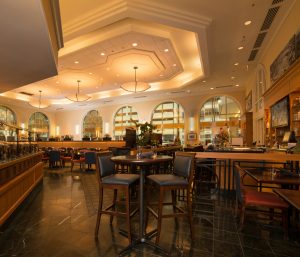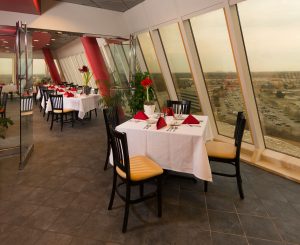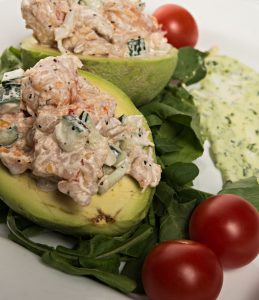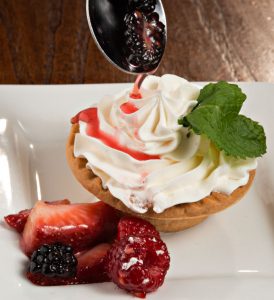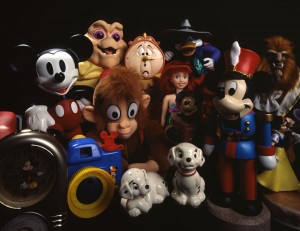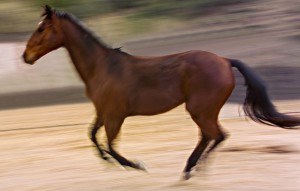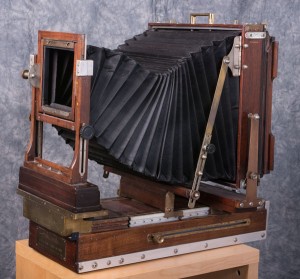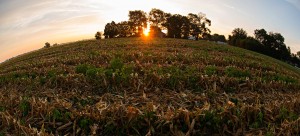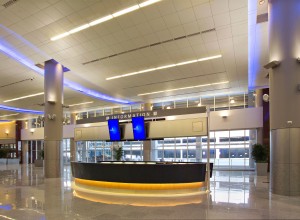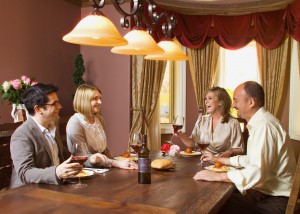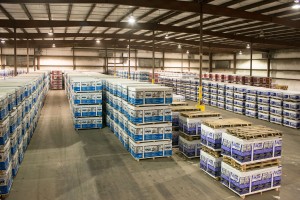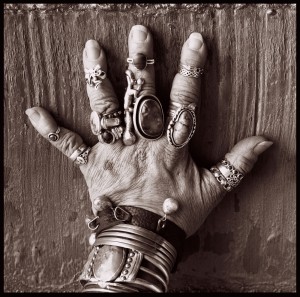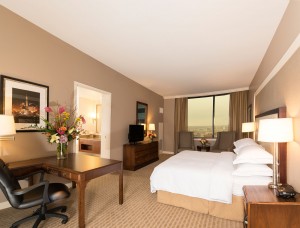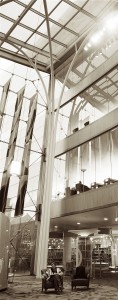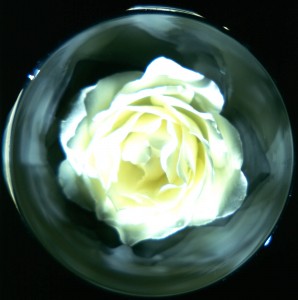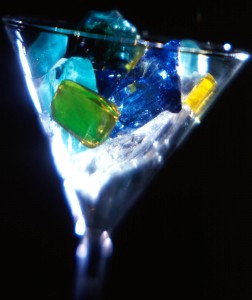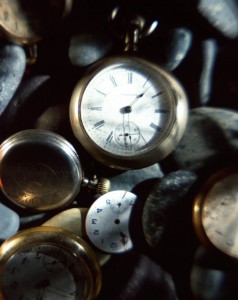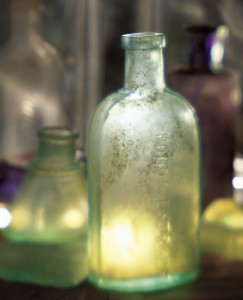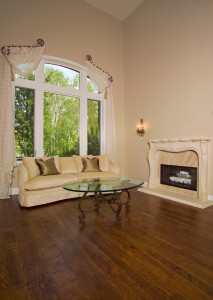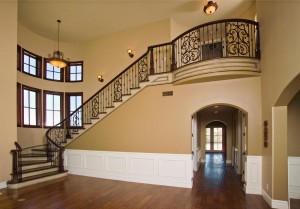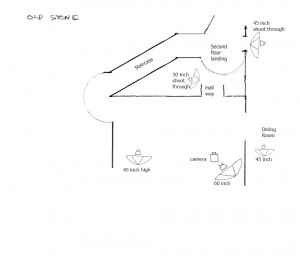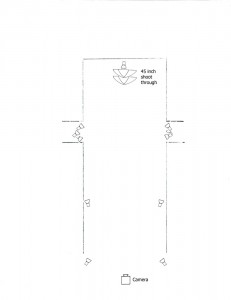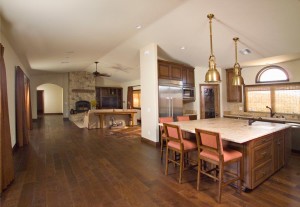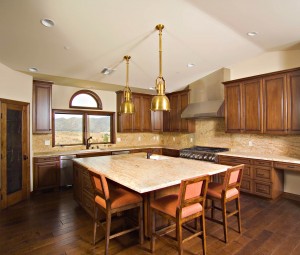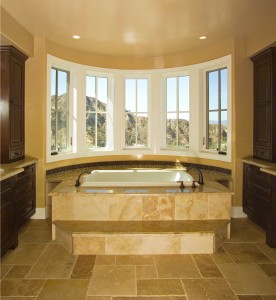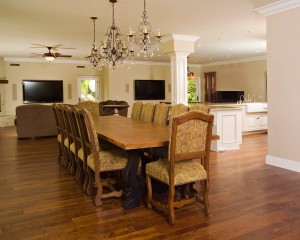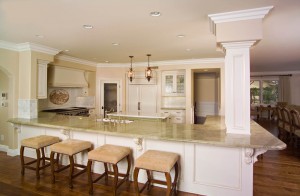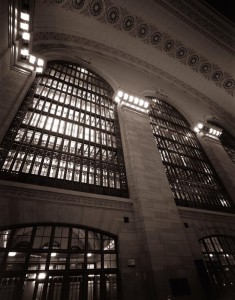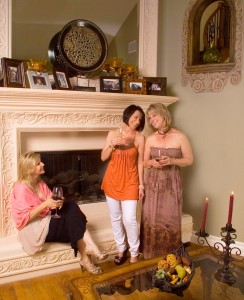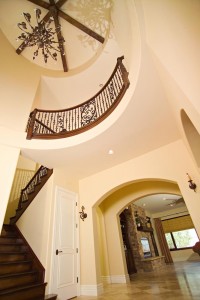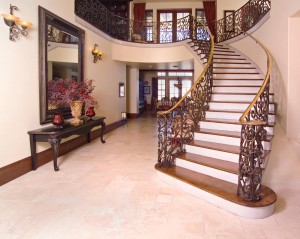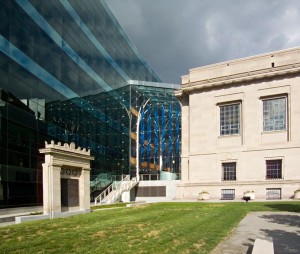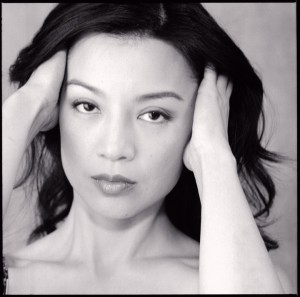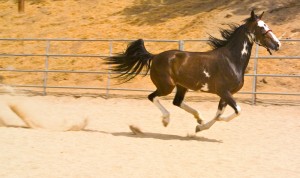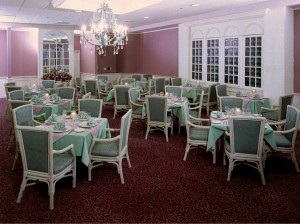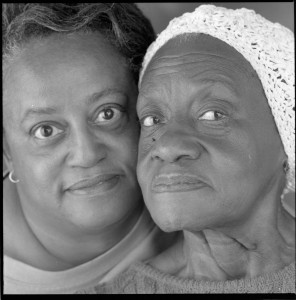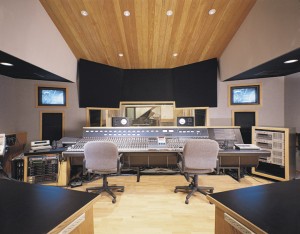There are a lot of times I wish I could write really dramatically. I would like to add a Hunter Thompson flair to this post, something that would make it actually readable. However…
I want to write a little about marketing and pricing and working here. I hope this will be of use to my students and to others. Whenever you are doing photography for money, and that is the very definition of professional photography, you need to think about the work the way your client thinks about the work. Maybe this is easy if you’re doing retail photography, shooting family portraits and so on, but it can be more difficult when you shoot for commercial clients.
I’d like to consider a couple of difficult clients and compare them to a current offer I’ve received. So let’s talk about Realtors. In general this is a group of people who believe that their sales skills have a large impact on their success. That could certainly be true. In addition they do not get any money until the sale is completed. This is important. Individually they see the money they spend marketing a property as coming directly from their own pocket. If they are selling, they believe that getting the owner to the right price will create a sale. In general they believe that price is the most important aspect of selling a property. This may be true. In addition they are never going to sell the same property again, or hardly ever. So a realtor is likely to want to reduce any investment made in selling a property. In addition realtors are very skilled negotiators. The result is a group of potential clients who will not put much value on your work and will be very likely to work with the lowest bidder for services. I did this sort of work for a couple of years and this was my experience. In addition, and this is important, because there is a big market, and because realtors require other services, such as printing and web posting, there are companies that offer a whole package, and they contract photographers, often all over the country. The result is that the photographer’s price is forced down and there is little regard for quality.
There are other groups that can be almost as difficult. I used to do a lot of work for art gallery owners. They had similar limited use for the images and they also considered themselves to be very skilled negotiators. I can tell you, if you want to work with these clients, Be Firm.
Now about food: food is one of the few areas where there are a great many new clients entering the market in the last twenty years or so. Back in the 1980s a restaurant had little or no use for pictures of food. There was no place to put them. A caterer or a hotel might have use for photos, and of course chain restaurants needed photos. The only good jobs in this area were magazines and cookbooks that wanted only first rate work. As a result the photographers who did this work were usually highly skilled professionals, and good food stylists were also in demand. Today even a food truck needs pictures! Any food shot, whether for a restaurant, a chef, a caterer or what ever else, might be used in social media, video, web sites, menus, mailers, email and even a cookbook! So it’s clear to me that food shots have a lot of potential value to a client. In addition food shots can be used over time to make many, many sales. If you’re shooting a pizza or a martini that shot could be used by a restaurant in dozens of ways for years. Your work has a grate deal of value to this group of clients. Quality is still a big issue, but now we have both digital cameras and Photoshop so many more photographers can achieve quality images. While a restaurant or a food truck may place some value on a half eaten burrito posted on Facebook, they will probably place a high value on a quality shot of the same burrito in a condition that looks actual appetizing.
There are ways in which restaurants and realtors are similar. One is that they often need help in many marketing areas rather than just photography. Also, most smaller food purveyors don’t have anyone with the skill and time to devote to marketing. As a result there are companies that are trying to offer a whole group of marketing services to these businesses including photography. I’ve recently been approached by a couple of these places. They want a photographer to go to a location, shoot the food and do some editing and file prep. Then they’ll use the photos to market the restaurant. This is a good idea. The market exists. There is one problem these companies don’t want to pay enough. It is unlikely that a single location can be shot and prepared with less than two hours, and more like three, of a photographer’s time. You have to schedule, load equipment, drive, unload equipment, shoot, load equipment, drive, prepare files and upload files at the very least. Surely any photographer competent to do this work ought to get more than $100 for doing this. Just saying…
Of course I’ve been through this sort of thing before. I’ve been told there will be enough volume to make it worth my time. I’ve been told it will provide me with contacts and a network. I’ve been told that it’s really easy and so on. Here’s what I want to say: IT’S WORTH MORE TO THE CLIENT. The client needs good work.
I’ve put a lot of my food photography into this post. Well, I’m not above doing my own marketing. I’ve also put in a couple of restaurant interior shots; your clients will need that as well.


